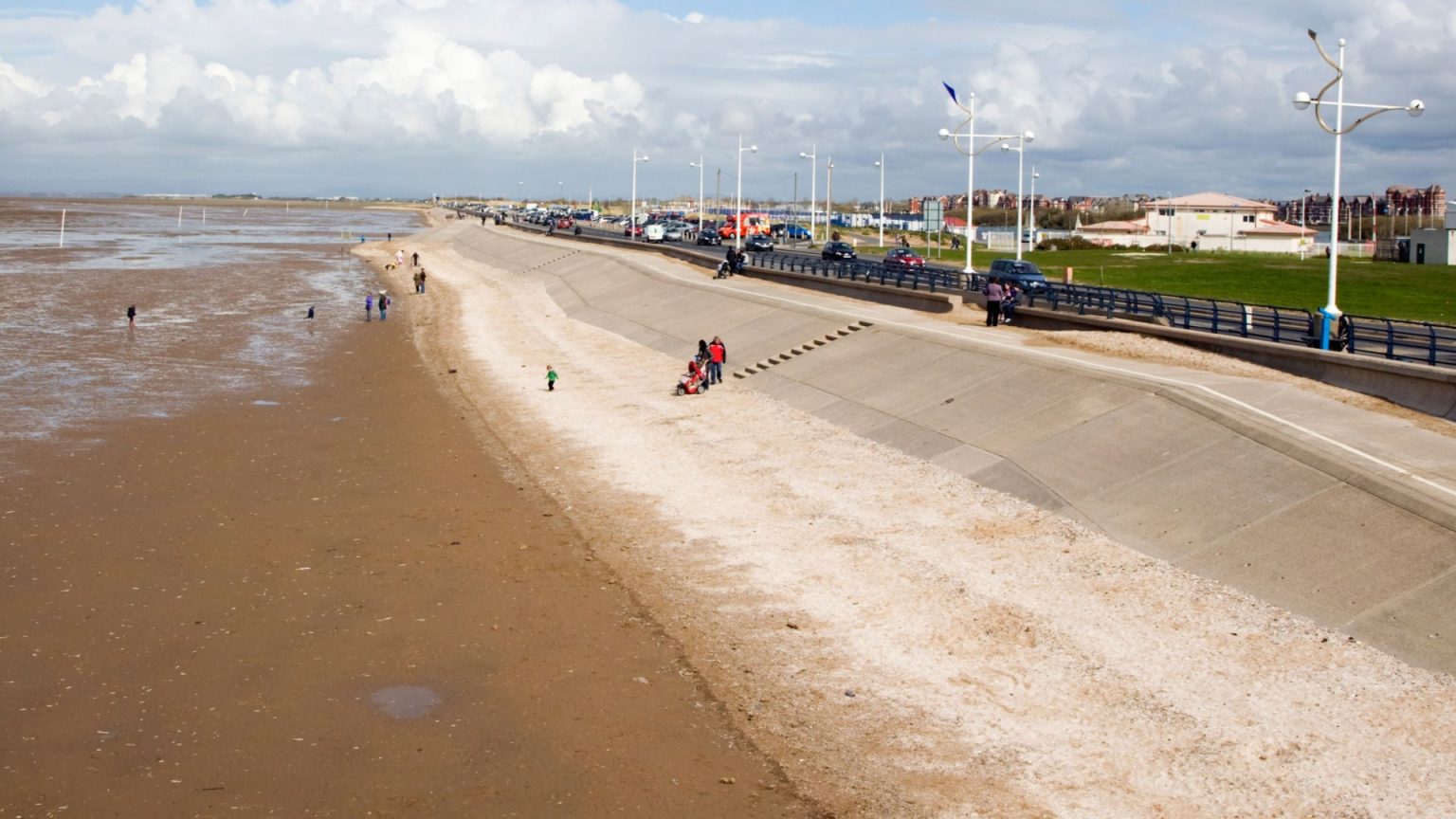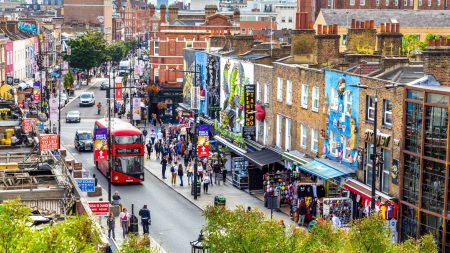Southport, a once-thriving Victorian seaside resort on the UK coast, is facing a peculiar predicament: its expansive 22-mile sandy beach is at risk of disappearing, not due to erosion, but due to an overabundance of sand and the subsequent proliferation of vegetation. This unusual phenomenon, coupled with the town’s recent economic struggles, paints a concerning picture for the future of this historic destination. The increasing sand levels, while seemingly positive, are fostering the growth of plants, gradually transforming the sandy expanse into an “inaccessible mudflat plain,” as described by former MP John Pugh. This ecological shift threatens to render the beach unusable for holidaymakers, impacting the town’s tourism industry and depriving families of a traditional, affordable leisure space.
Southport’s history as a popular seaside resort dates back to the 1700s, a period when it was a favoured staycation spot. Its grand boulevards, particularly Lord Street, are even rumoured to have inspired the design of the Champs-Élysées in Paris after Napoleon III’s visit in 1838. However, the town’s fortunes have waned in recent years, marked by a series of closures and setbacks. The closure of the Pontins holiday park, although potentially offset by its transformation into a Butlin’s resort, and the ongoing closure of the historic Southport Pier due to required renovations, further contribute to the town’s challenges. The pier, the second longest in the UK, has been closed since 2022, awaiting crucial repairs estimated at £13 million, highlighting the struggle to maintain the town’s historical landmarks and tourist attractions.
The symbolic importance of piers to seaside towns is undeniable. Dr. Anya Chapman, a tourism expert from Bournemouth University, underscores their crucial role in shaping the identity of coastal resorts. The pier’s absence strips Southport of a defining feature, impacting its appeal as a traditional seaside destination. This loss of identity, combined with the potential demise of its sandy beach, poses a serious threat to the town’s tourism sector and its overall image. The ongoing struggle to preserve and restore the pier underscores the economic and logistical challenges faced by coastal communities in maintaining their unique heritage.
Despite these challenges, glimmers of hope remain for Southport’s revival. The reopening of Pleasureland Theme Park, with its diverse attractions, offers a continued source of entertainment for families. Furthermore, the ambitious £73 million leisure centre project promises to transform the waterfront, potentially injecting new life into the town’s tourism industry. These initiatives, alongside the potential reopening of the Pontins site as a Butlin’s resort, represent efforts to diversify Southport’s attractions and revitalize its appeal to visitors. The combination of traditional seaside charm and modern leisure facilities could be key to attracting a new generation of tourists.
Southport’s plight is not unique; other coastal communities across the UK grapple with the effects of coastal erosion and changing environmental conditions. Covhithe Beach in Suffolk, for example, faces the imminent threat of complete disappearance by 2040 despite ongoing efforts to combat erosion. These cases highlight the vulnerability of coastal areas and the need for sustainable solutions to preserve these valuable natural resources. In contrast, Brighton is undertaking a project to expand its beach through the construction of a new shore protection structure. This proactive approach demonstrates the potential for human intervention to mitigate the effects of coastal erosion and enhance the appeal of seaside destinations.
The story of Southport underscores the complex interplay between environmental factors, economic challenges, and the preservation of cultural heritage in coastal communities. The unusual threat to its beach, coupled with the struggles to maintain its historic pier, highlights the need for innovative solutions and sustained investment to ensure the long-term viability of this once-popular resort town. The ongoing efforts to revitalize Southport’s tourism sector, alongside the potential for new developments, offer a glimmer of hope for its future, demonstrating the resilience and adaptability of coastal communities in the face of evolving challenges. The experiences of other seaside towns across the UK, facing different but equally pressing issues, further emphasize the need for a national strategy to address the specific vulnerabilities and opportunities of coastal regions.











